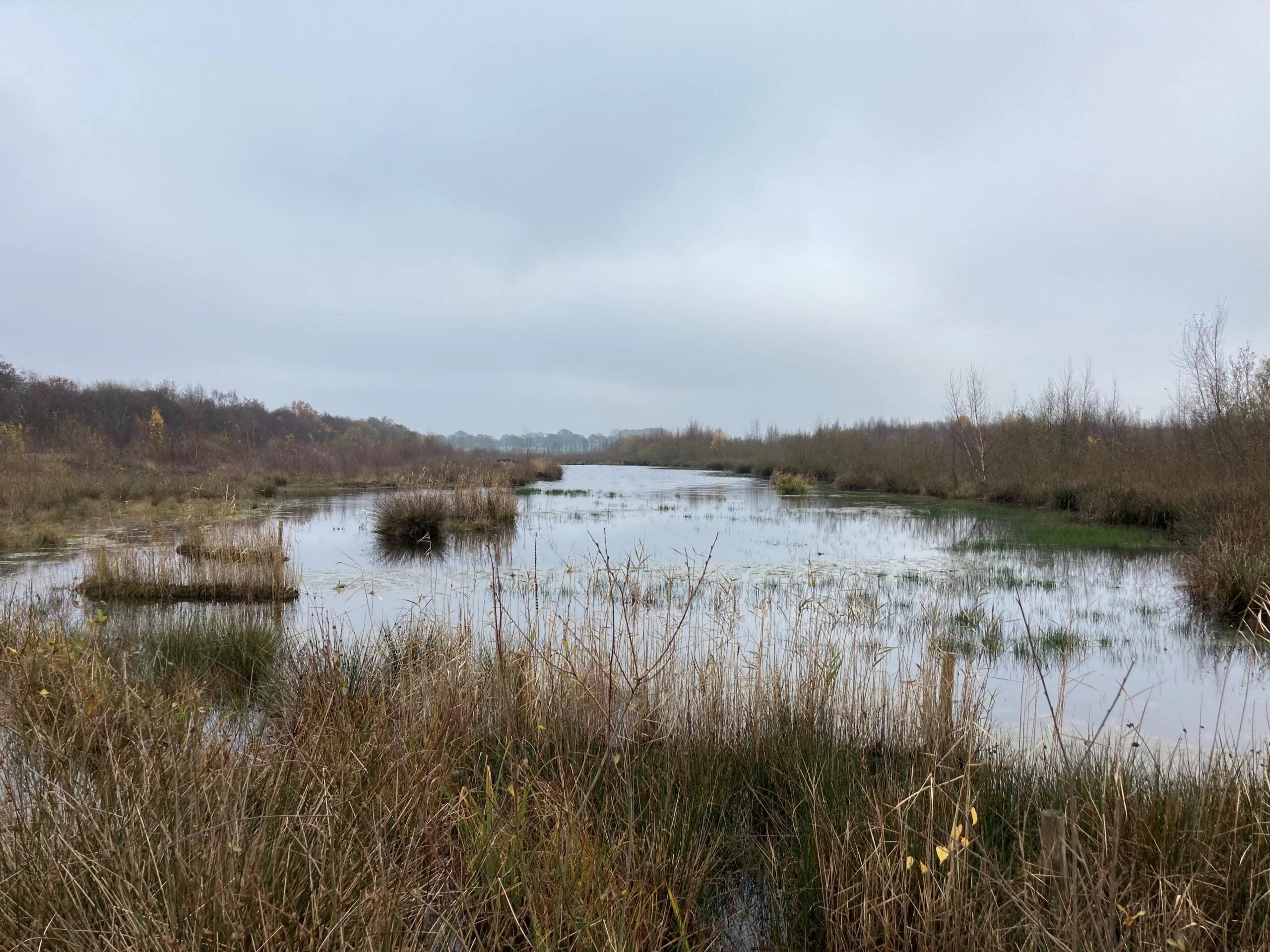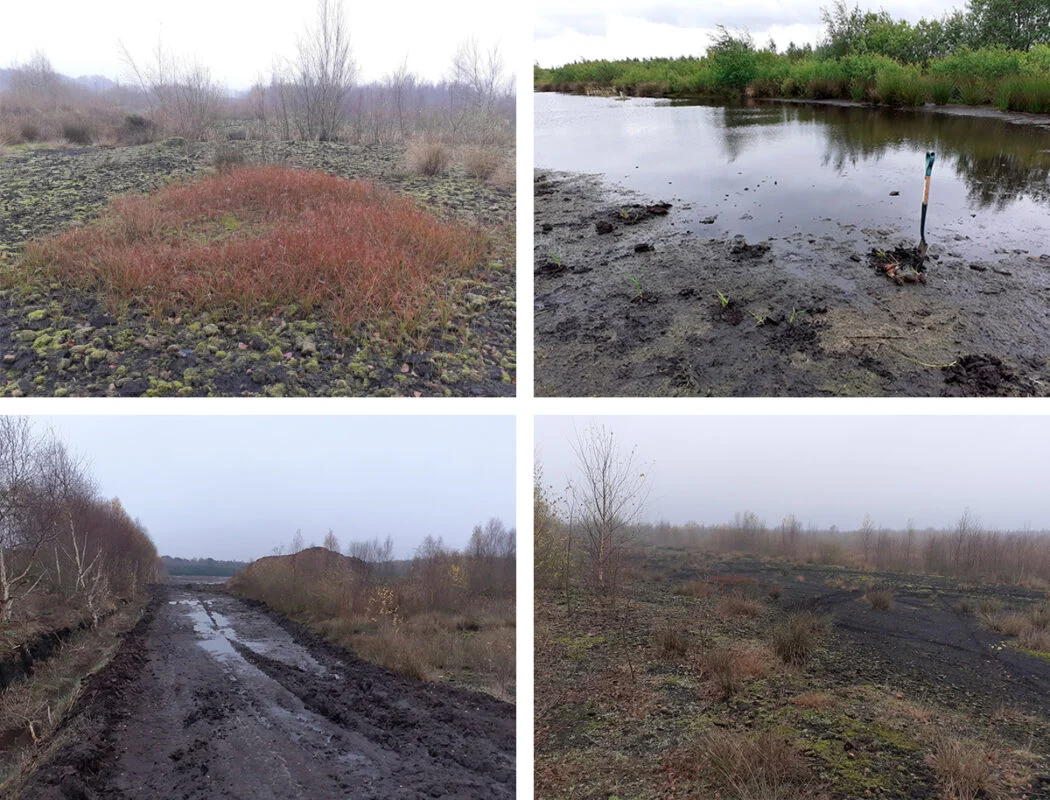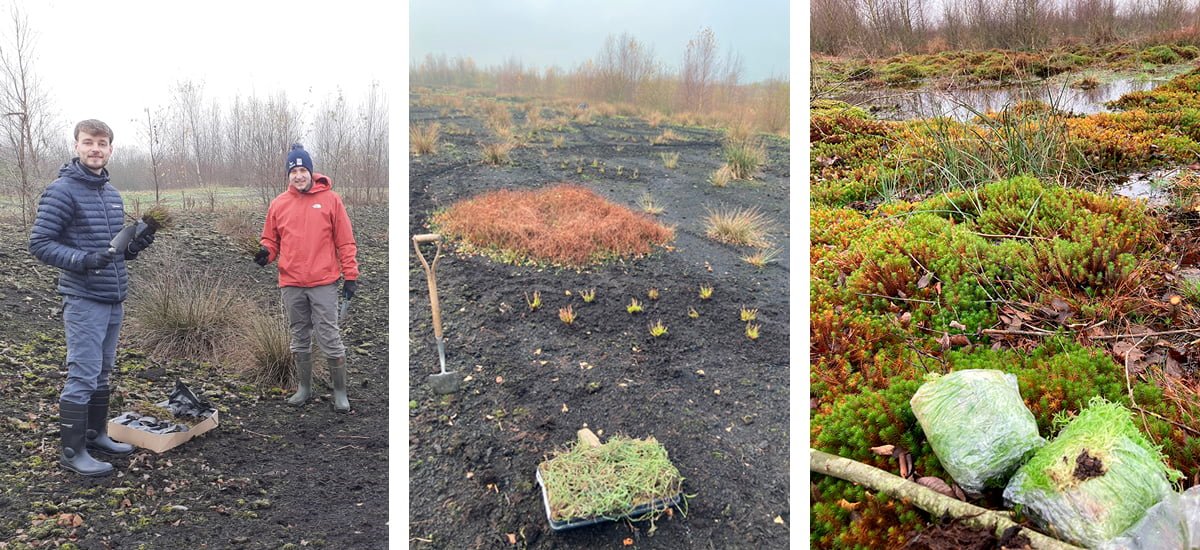
TEP has been commissioned to develop a strategy for the ongoing habitat management at Simonswood Moss, Kirkby.
TEP is working closely with the client to re-establish the hydrology and ecology of degraded peatlands. The project aims to restore the area to a mosaic of fully functioning wetland and dryland ecosystems, including fen, reedbed, open water, woodland, acid grassland/heathland and acid bog. The key driver for restoration actions across Simonswood Moss is the requirement to satisfy ‘Restoration and Aftercare’ conditions imposed by Lancashire Country Council (LCC) following the cessation of peat extraction, along with restoring the many benefits peatland habitats provide.
Peatlands are a type of wetland which are critical not only for prevention but also the mitigation of climate change, minimising flood risk and carbon sequestration and storage. Globally, peat soils contain more than 600 gigatonnes of carbon, which exceeds the carbon stored in all other vegetation types including the world’s forests.

TEP’s work is integral to the restoration of these ecosystems within the UK. Our Landscape Management team have taken an active role in the rehabilitation of the site, undertaking a variety of work such as rewetting of selected areas to create acid bog habitats, dry and wet woodland development, and most recently, the planting of approximately 2000 heather and sphagnum moss plugs. This is part of an ongoing process to bring this former peatland extraction site back to its former state, in order to improve carbon storage and provide habitat for a range of local species.









